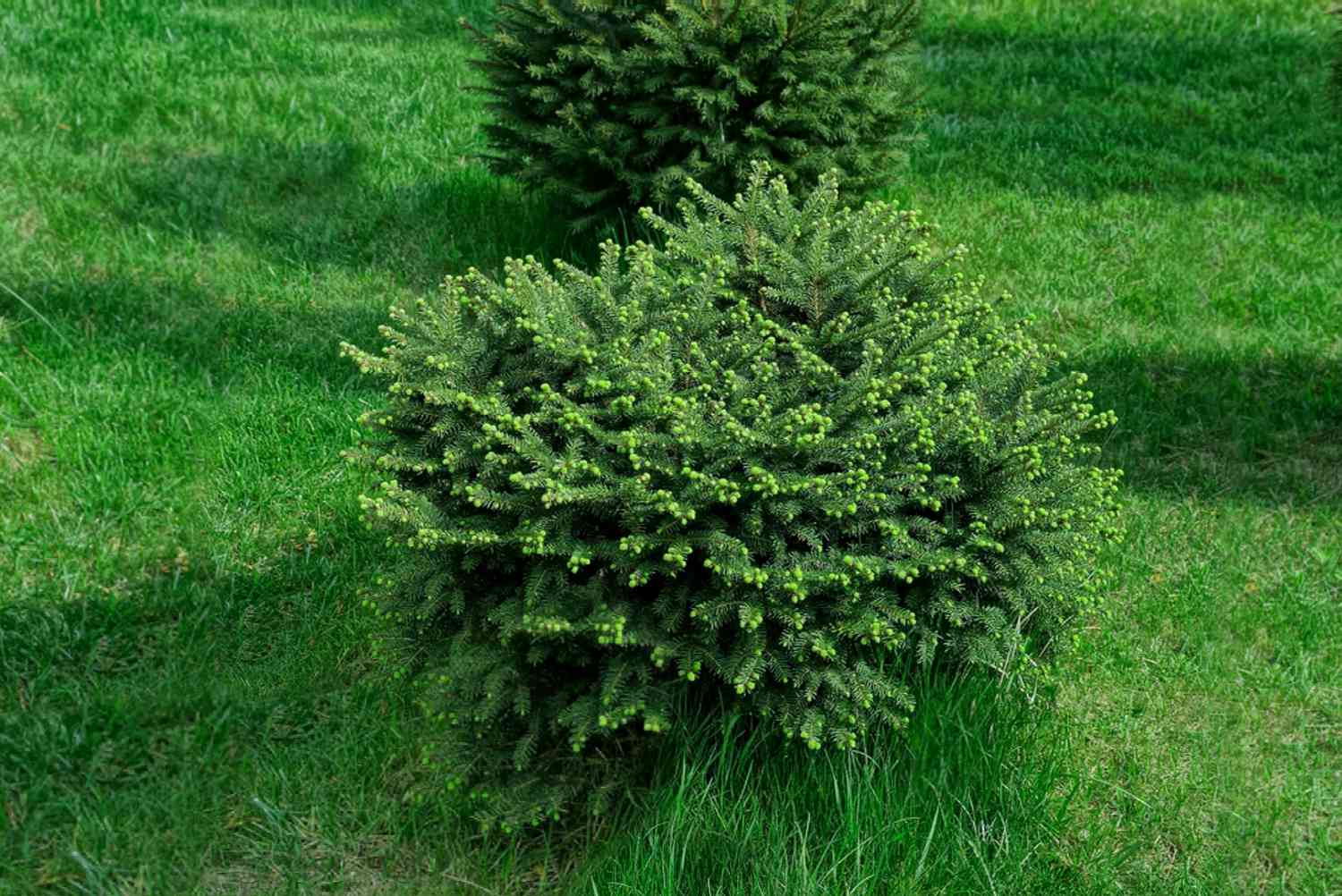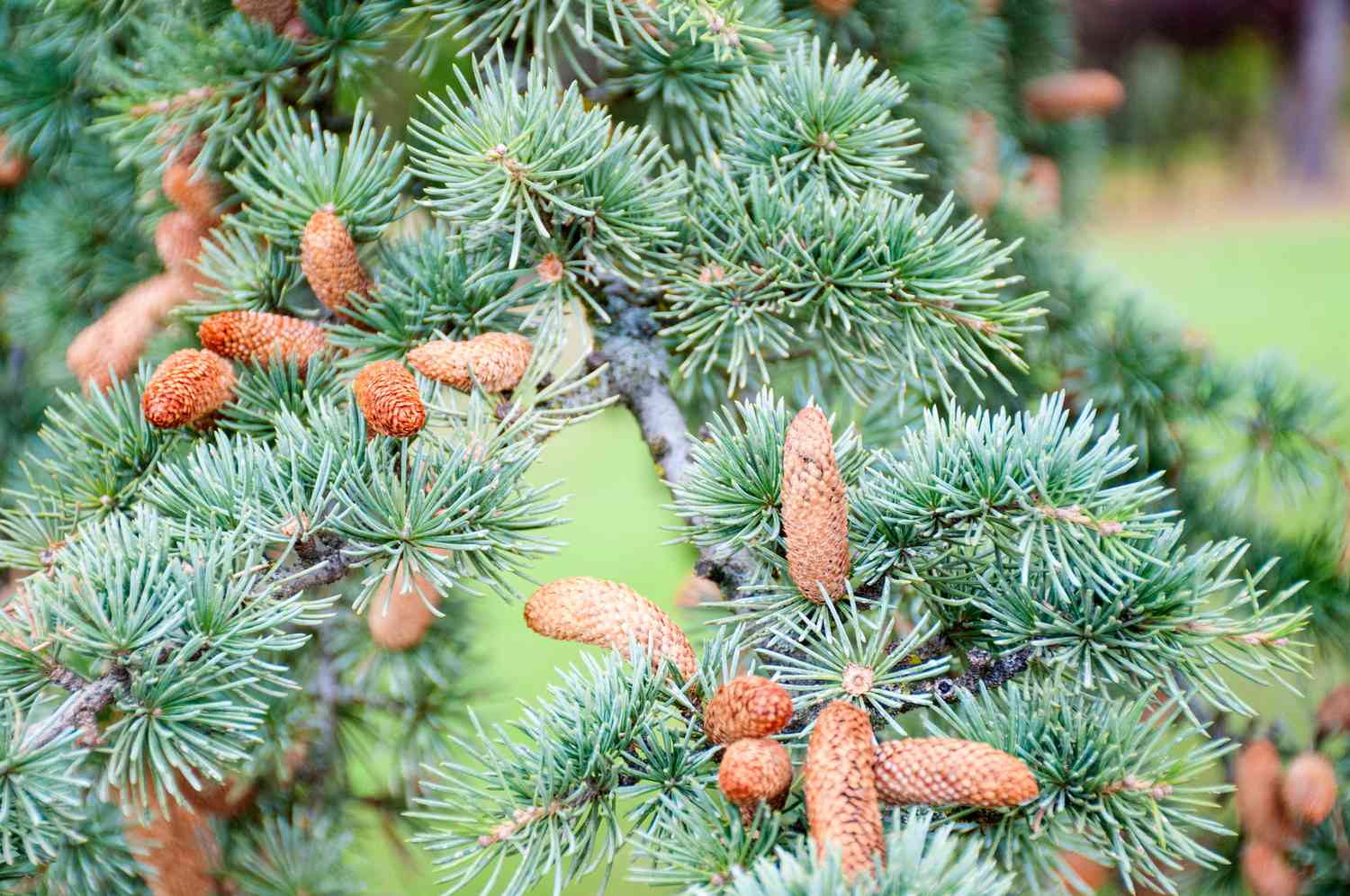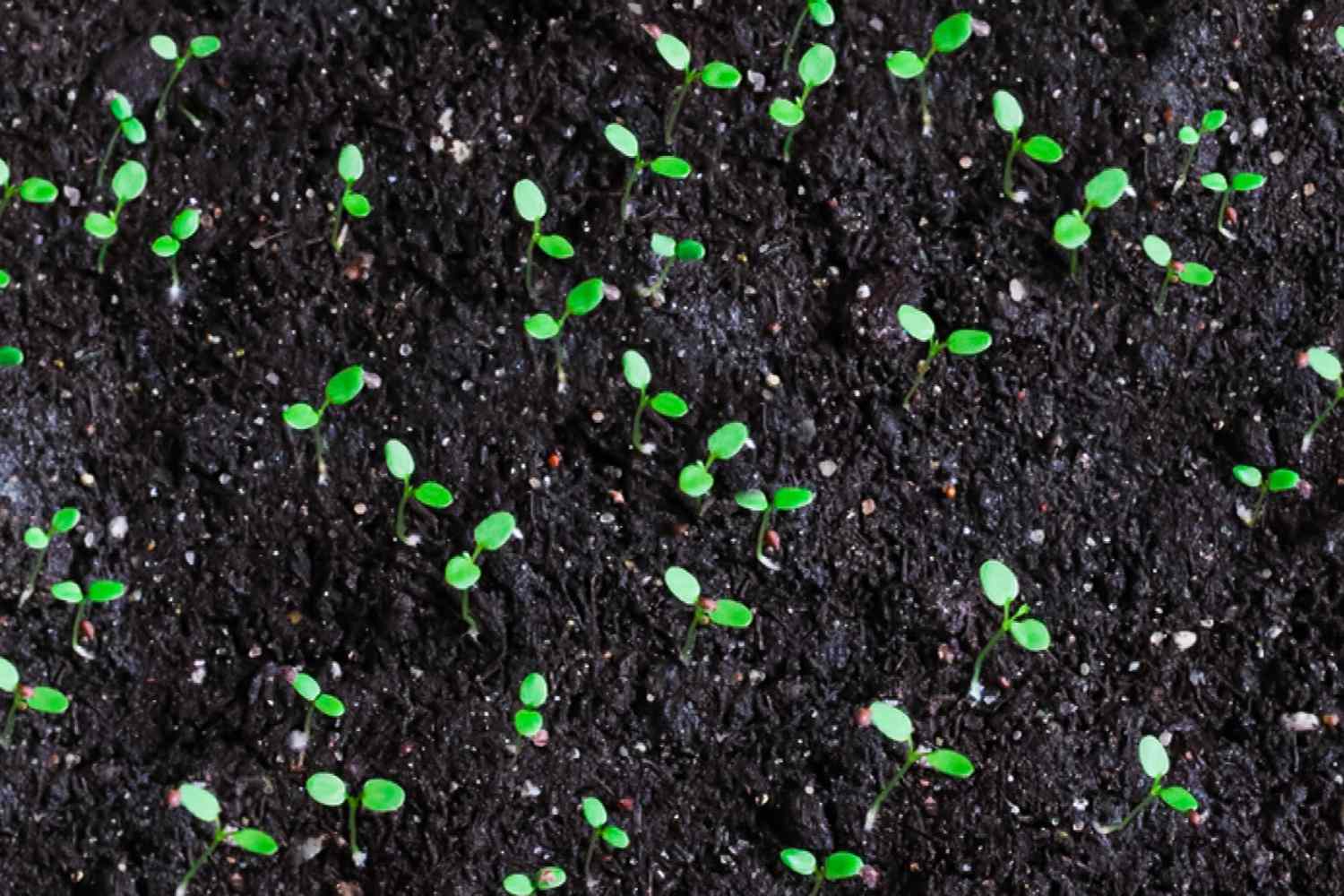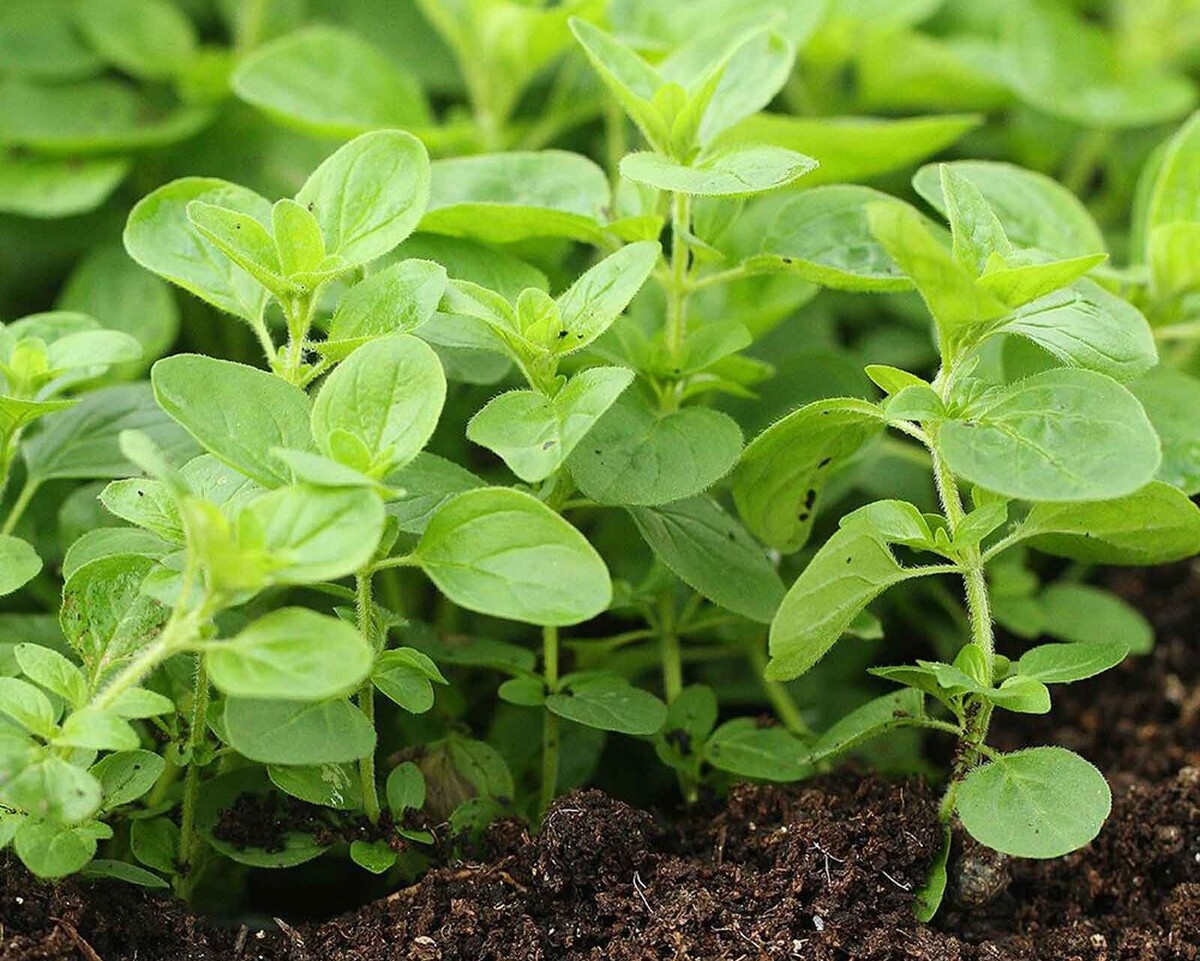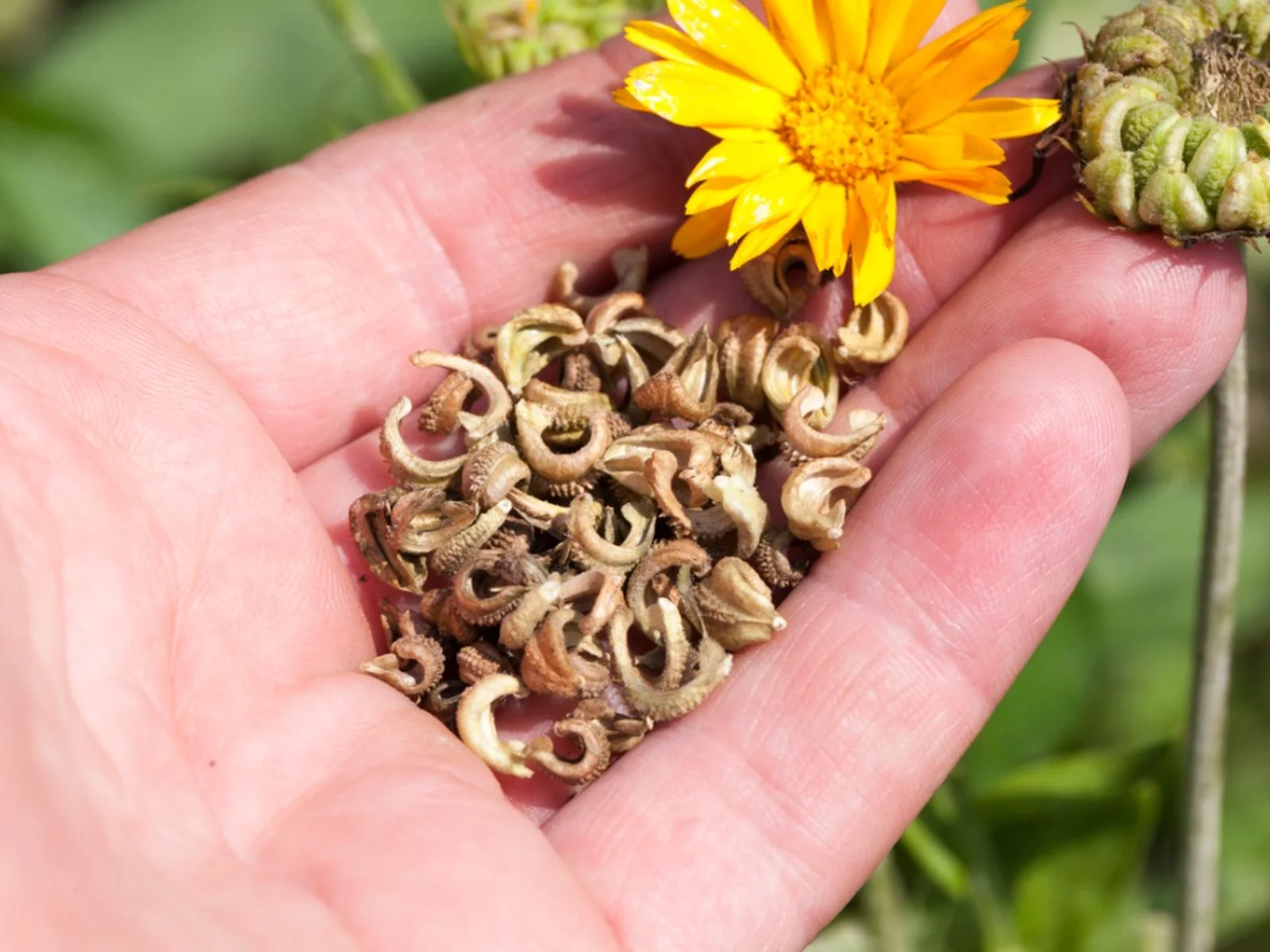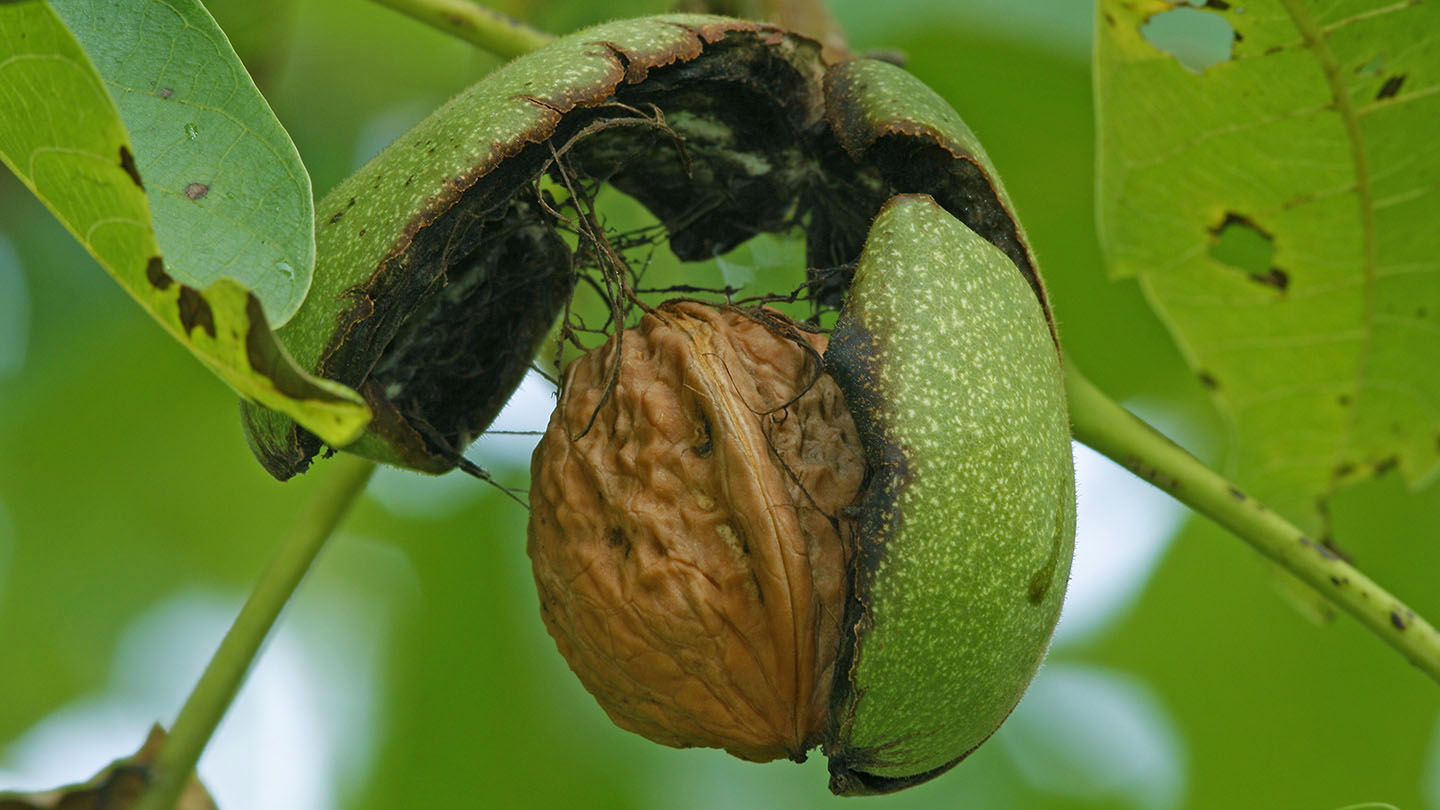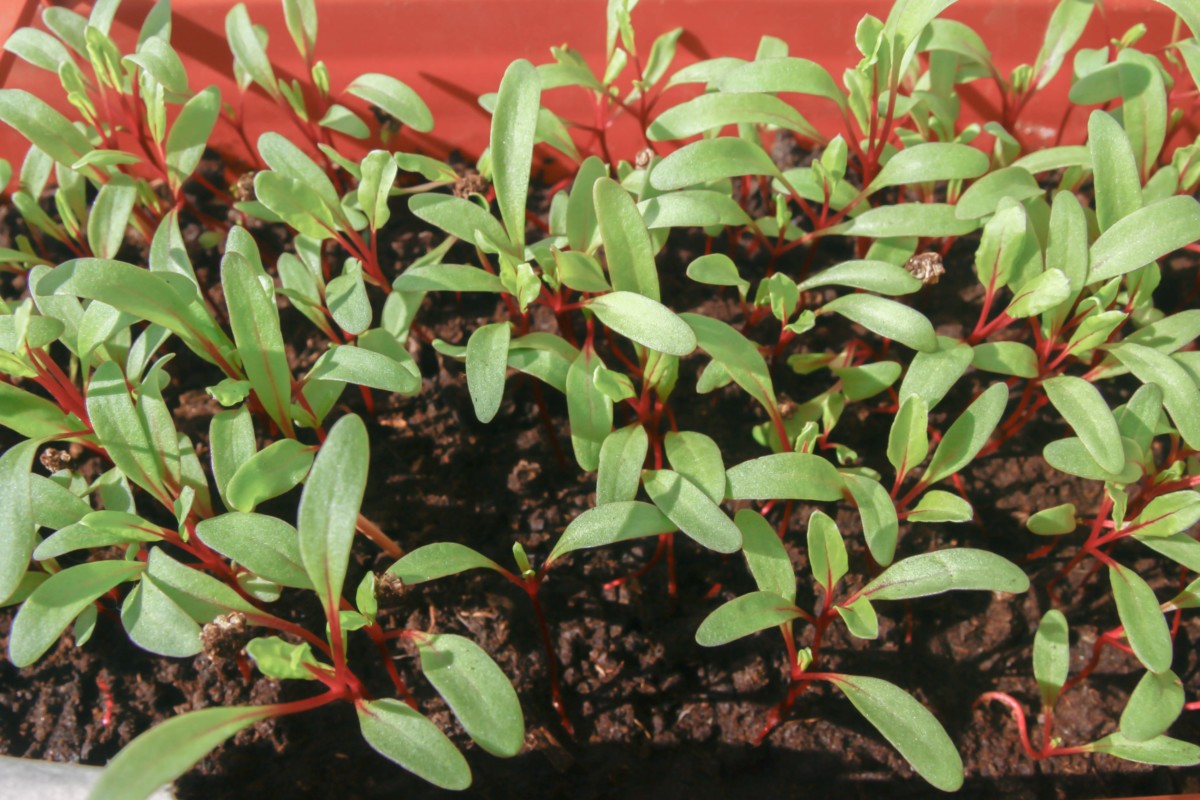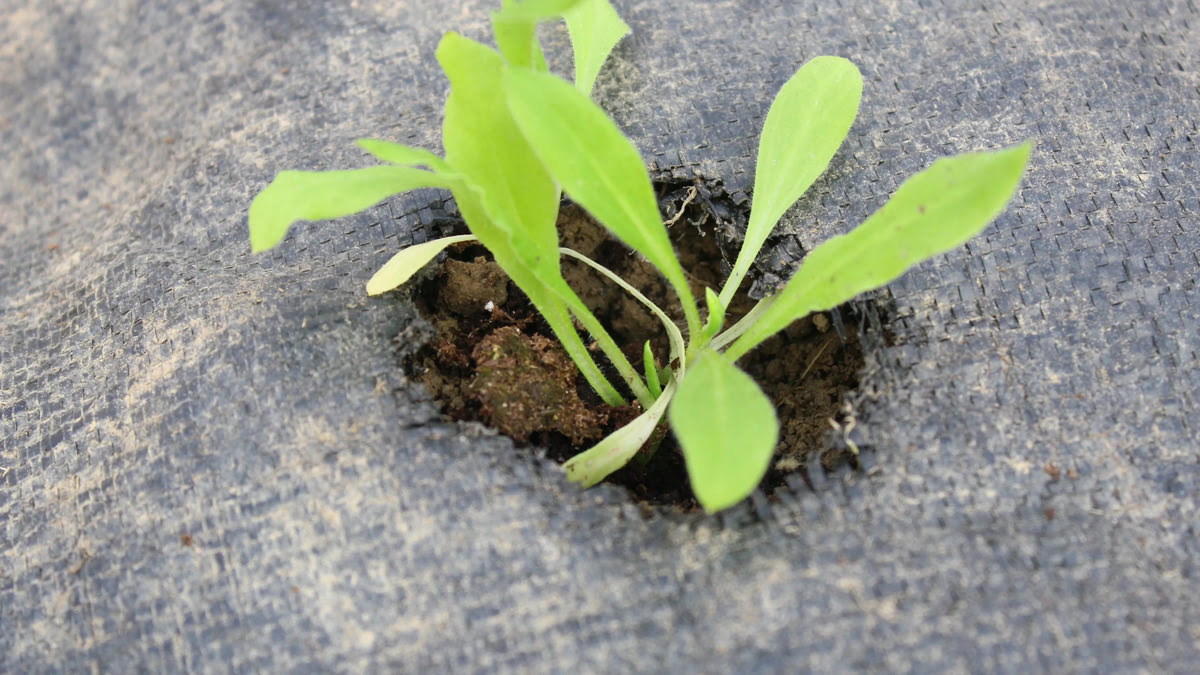Home>Gardening Techniques>Plant Care>What Do Pot Seeds Look Like


Plant Care
What Do Pot Seeds Look Like
Modified: January 22, 2024
Learn what pot seeds look like and how to care for them. Discover the essentials of plant care and improve your gardening skills.
(Many of the links in this article redirect to a specific reviewed product. Your purchase of these products through affiliate links helps to generate commission for Chicagolandgardening.com, at no extra cost. Learn more)
Table of Contents
Introduction
Welcome to the fascinating world of plant care! Whether you are an avid gardener or a beginner looking to cultivate your green thumb, understanding the fundamentals of plant care is crucial for successful gardening. One important aspect of plant care is knowing how to identify and care for different types of seeds. In this article, we will specifically focus on pot seeds, as they are widely popular among cannabis enthusiasts.
Pot seeds, also known as marijuana seeds, are the starting point for growing cannabis plants. These tiny powerhouses contain all the genetic information needed for the development of a new plant. But have you ever wondered what pot seeds actually look like? This article will provide you with a comprehensive understanding of the characteristics and appearance of pot seeds, helping you to identify high-quality seeds for your cannabis cultivation.
Whether you plan to grow marijuana for recreational or medicinal purposes, having a solid understanding of pot seed identification is essential. By being able to recognize the key features and qualities of pot seeds, you can maximize your chances of success when it comes to germination and plant growth.
Read on to explore the fascinating world of pot seed appearance and how it can impact your cannabis cultivation journey.
Understanding Marijuana Seeds
Before delving into the visual aspects of pot seeds, it is important to have a basic understanding of these fascinating seeds. Marijuana seeds are the reproductive structures of the cannabis plant, which contain the genetic blueprint for the development of a new plant.
These seeds can be classified into two main categories: regular seeds and feminized seeds. Regular seeds have an equal chance of developing into either male or female plants, while feminized seeds have been bred to produce only female plants, which are the ones that produce the highly sought-after buds.
Another important aspect to consider is the strain of the marijuana seeds. Strains refer to the different varieties of cannabis plants, each with its own unique characteristics, such as flavor, aroma, and effects. There are hundreds of cannabis strains available, ranging from indica strains, which are known for their relaxing and sedating effects, to sativa strains, which are more energizing and uplifting.
Understanding the specific strain and type of marijuana seeds you are working with is crucial for tailoring your cultivation techniques and achieving your desired results. Whether you are aiming for a potent indica strain to help with relaxation or a sativa strain for a creative burst of energy, knowing the characteristics of the seeds will guide your growing process.
Now that we have a basic understanding of marijuana seeds, let’s dive deeper into the visual characteristics that can help you identify pot seeds with confidence.
Characteristics of Pot Seeds
Pot seeds come in a variety of shapes, sizes, colors, and textures, each with its own unique characteristics. Knowing how to identify these different features can provide valuable insight into the quality and potential of the seeds you are working with.
Color and Texture of Pot Seeds: Pot seeds can vary in color and texture. Typically, they range from light to dark shades of brown, with some seeds exhibiting speckles or striations on their surface. The texture can be smooth or slightly rough, depending on the seed’s individual characteristics.
Size and Shape of Pot Seeds: The size and shape of pot seeds can provide clues about their viability and potential yield. Most pot seeds are small, similar in size to a matchhead. However, it’s important to note that larger seeds do not necessarily guarantee better quality or higher yields. The shape of the seed can vary from round to oval or even slightly oblong.
Embryo and Shell of Pot Seeds: Pot seeds consist of an outer shell and an embryo. The embryo is the vital part of the seed that will develop into the plant. It is usually a light cream color and can vary in size and shape. The outer shell, also known as the seed coat, acts as a protective barrier for the embryo and can be relatively thin or thicker and harder.
Variations in Pot Seed Appearance: It is important to note that pot seeds can exhibit variations in appearance due to factors such as strain, genetics, and growing conditions. Some strains may have distinct characteristics, such as stripes or marbling on the seed coat, while others may have a smoother and more uniform appearance. These variations in appearance do not necessarily indicate the quality or potential of the seeds.
Understanding the various characteristics of pot seeds can be beneficial when it comes to selecting the right seeds for your cannabis cultivation. However, it’s important to remember that appearance alone is not a guarantee of seed quality. Factors such as genetics, freshness, and storage conditions also play a significant role in determining the viability and success of germination.
Now that we’ve explored the characteristics of pot seeds, let’s dive into identifying good quality pot seeds for successful cultivation.
Color and Texture of Pot Seeds
The color and texture of pot seeds can provide valuable information about their quality and potential. While pot seeds are generally brown in color, they can vary in shade and exhibit different patterns or speckles.
When examining pot seeds, you may come across light brown seeds that appear almost beige or tan. These seeds are typically indicative of good quality, as their light color suggests they are fresh and healthy. Conversely, darker brown seeds may indicate older seeds or seeds that have been exposed to unfavorable conditions, potentially affecting their viability.
In addition to color, the texture of pot seeds can vary as well. Some seeds may have a smooth and glossy surface, while others may appear slightly rough or have a more textured appearance. This texture is determined by the seed coat, which protects the embryo inside. A smooth or glossy texture is generally associated with seeds that are in good condition, while a rough or textured surface may suggest seeds that have been mishandled or are of lower quality.
It’s important to note that speckles or patterns on the seed coat are not necessarily indicative of poor quality. In fact, these variations in color can be a result of genetic traits or specific strains. Some seeds may have unique markings, such as stripes or mottled patterns, which can add visual interest to the seeds without affecting their quality or potential.
When evaluating the color and texture of pot seeds, it’s crucial to consider the overall appearance and any potential anomalies. While slight variations in color and texture are normal, extreme deviations, such as extremely light or extremely dark seeds, or seeds that appear shriveled or damaged, may indicate poor quality seeds. These seeds may have lower chances of germination or produce weaker and less robust plants.
By understanding the color and texture of pot seeds, you can make more informed decisions when selecting seeds for cultivation. Remember, however, that appearance alone should not be the sole determining factor in choosing seeds. Other factors, such as genetics, freshness, and storage conditions, also play a significant role in the quality and potential of pot seeds.
Now that we’ve discussed the color and texture of pot seeds, let’s explore the size and shape of these tiny powerhouses.
Size and Shape of Pot Seeds
When it comes to pot seeds, size and shape can provide valuable insights into their potential yield and overall quality. While pot seeds are generally small in size, they can vary in shape and dimension.
The size of pot seeds is typically comparable to that of a matchhead, making them quite tiny. However, it’s important to note that larger seeds do not necessarily equate to better quality or higher yields. The size of the seed does not directly correlate with the potential of the plant it will develop into. Instead, factors such as genetics, strain, and cultivation techniques play a more significant role in determining the growth and productivity of the plant.
As for the shape of pot seeds, they can exhibit variations from round to oval or slightly oblong. These different shapes are mostly attributed to genetic variations within different strains. It’s important to remember that the shape of the pot seed does not have a direct impact on the quality or vitality of the seed.
When evaluating seeds, it’s essential to examine their overall appearance and condition. Look for seeds that appear plump and healthy, with a smooth and unblemished surface. Avoid seeds that appear shriveled or damaged, as they may have lower chances of successful germination.
Furthermore, it’s crucial to keep in mind that pot seeds are fragile and should be handled with care. Rough handling or excessive pressure can damage the fragile embryo inside the seed, decreasing its viability.
Ultimately, size and shape should be considered alongside other factors, such as strain, genetics, and viability, when selecting pot seeds for cultivation. While size and shape can be interesting characteristics to observe, they should not be the sole determining factors in choosing seeds for optimal growth and yield.
Now that we’ve explored the size and shape of pot seeds, let’s delve into the structure and components of these tiny seeds.
Embryo and Shell of Pot Seeds
Within the small confines of pot seeds, a fascinating process of life begins. Pot seeds consist of two main components – the embryo and the shell. These components work in harmony to ensure the successful germination and development of a new cannabis plant.
The embryo, also referred to as the germ, is the vital part of the seed that contains the genetic information necessary for the growth and development of the plant. It is usually a light cream color and can vary in size and shape. The embryo is composed of the embryonic shoot, which will grow upward and form the plant’s stem and leaves, and the embryonic root, which will develop into the root system of the plant.
Surrounding and protecting the embryo is the outer shell, also known as the seed coat. The seed coat acts as a barrier, shielding the delicate embryo from harm and providing protection against external factors, such as pests, disease, and extreme temperatures. The hardness and thickness of the seed coat can vary among different strains and even individual seeds.
When pot seeds are planted and subjected to favorable conditions, such as the right temperature, moisture, and nutrients, the seed coat softens and allows the embryo to emerge. This process is known as germination and marks the beginning of the plant’s life cycle.
During germination, the embryonic shoot elongates and pushes through the seed coat, eventually reaching the surface of the soil. Simultaneously, the embryonic root extends downwards, anchoring the plant and absorbing water and nutrients from the soil to support its growth.
The embryo and seed coat work together seamlessly to ensure the survival and development of the plant. The embryo carries the genetic blueprint of the cannabis plant, while the seed coat provides protection and support during the critical early stages.
Understanding the structure of pot seeds and the roles of the embryo and seed coat can help growers better appreciate the intricate process of cannabis cultivation. By providing the optimal conditions, growers can ensure the successful germination and growth of their pot seeds, leading to healthy and vibrant cannabis plants.
Now that we’ve explored the embryo and shell of pot seeds, let’s discuss the variations in appearance that you may encounter when examining different cannabis seeds.
Variations in Pot Seed Appearance
Pot seeds can exhibit a range of variations in appearance, adding to the intrigue and diversity of cannabis cultivation. These variations can be attributed to factors such as strain, genetics, and growing conditions.
One of the most noticeable variations is in the color of pot seeds. While the majority of pot seeds are brown, some strains may have seeds that showcase unique hues or patterns. For example, you may come across seeds with dark brown or black speckles, giving them a marbled appearance. Others may have seeds with lighter or darker shades of brown, indicating subtle differences in their genetic makeup.
In addition to color, the texture of pot seeds can also differ. Some seeds may have a smooth and glossy surface, while others may exhibit a more textured or rough texture. These variations in texture are influenced by the seed coat, which can differ in thickness and consistency between different strains.
Another interesting variation in pot seed appearance is related to the seed coat pattern. Some seeds may have stripes or bands on their seed coat, while others may showcase a more mottled or swirled pattern. These unique patterns are genetic traits specific to certain strains and can make the seeds visually appealing.
It’s important to note that while variations in pot seed appearance can be visually intriguing, they do not necessarily indicate differences in quality or potential. The appearance of pot seeds alone should not be the sole determining factor in selecting seeds for cultivation. Other factors, such as genetics, freshness, and storage conditions, have a more significant impact on seed quality and viability.
When examining pot seeds, it’s crucial to focus on the overall health and condition of the seed. Look for seeds that appear plump, well-rounded, and free from any visible damage or deformities. Avoid seeds that look shriveled, cracked, or appear damaged in any way, as they may have lower chances of successful germination and may produce weaker plants.
By understanding and appreciating the variations in pot seed appearance, you can embrace the diversity of cannabis cultivars and select seeds that align with your specific preferences and desired outcomes. While appearance is an interesting aspect to consider, the overall quality and genetics of the seeds should always take precedence in your selection process.
Now that we’ve explored the variations in pot seed appearance, let’s move on to discussing how to identify good quality pot seeds for successful cultivation.
Identifying Good Quality Pot Seeds
When it comes to cannabis cultivation, selecting good quality pot seeds is crucial for achieving successful and abundant yields. While there are no foolproof methods to guarantee the quality of pot seeds, there are several indicators you can consider when making your selection. Here are some tips to help you identify good quality pot seeds:
Appearance: Start by examining the overall appearance of the seeds. Look for seeds that have a healthy and plump appearance, without any visible damage, cracks, or deformities. Avoid seeds that appear shriveled or discolored as these may have lower chances of successful germination.
Color and Texture: While variations in color and texture are normal, opt for seeds that exhibit consistent color and have a smooth and glossy texture. Avoid seeds that have extreme discoloration or rough textures, as these may indicate poor quality or mishandling.
Seed Coat Integrity: Pay attention to the condition of the seed coat. Ensure it is intact and undamaged. A cracked or damaged seed coat can lead to unsuccessful germination or weak plants.
Weight: Quality pot seeds tend to have a good weight to them. Heavier seeds often indicate maturity and vitality, while lightweight seeds may suggest immaturity or poor viability.
Buoyancy in Water: You can conduct a simple float test to assess the viability of the seeds. Place the seeds in a glass of water and observe their behavior. Good quality seeds will sink to the bottom, while seeds that float or remain at the water’s surface may be less likely to germinate successfully.
Genetics and Source: Obtain your pot seeds from reputable and reliable sources. Research and choose reputable seed banks or suppliers that offer a wide selection of strains and provide information about the genetic lineage of the seeds. By choosing quality genetics, you increase the chances of obtaining high-quality seeds.
Customer Reviews: Read customer reviews and recommendations to gather insights about the reputation and reliability of specific seed banks or suppliers. Learn from the experiences of other growers to make informed choices about where to obtain your pot seeds.
Keep in mind that even with these indicators, there is always some level of unpredictability when it comes to seed quality. Nature can be full of surprises, and not all seeds of the same strain will perform identically. However, by considering these factors, you can increase your chances of selecting good quality pot seeds for your cannabis cultivation journey.
Remember, successful cultivation requires not only high-quality seeds but also proper care, appropriate environmental conditions, and well-executed growing techniques. By combining these elements, you can set the stage for healthy plant growth and a bountiful cannabis harvest.
Now that we’ve discussed how to identify good quality pot seeds, let’s wrap up our exploration of the world of pot seed appearance and cultivation.
Conclusion
Understanding the appearance of pot seeds is an essential aspect of cannabis cultivation. By familiarizing yourself with the various characteristics, such as color, texture, size, shape, and seed coat integrity, you can make informed decisions when selecting seeds for your growing endeavors.
While the appearance of pot seeds can provide valuable insights, it’s important to remember that it is not the sole determinant of seed quality or potential. Other factors, including genetics, freshness, and storage conditions, play integral roles in the success of germination and the growth of healthy cannabis plants.
When assessing pot seeds, prioritize seeds that have a healthy appearance, with a plump shape, intact seed coat, and consistent color and texture. Consider the weight of the seeds and their behavior in water to gauge viability. Additionally, select seeds from reputable sources and consult customer reviews to ensure you are obtaining quality genetics.
Remember that successful cultivation involves not only selecting good quality pot seeds but also implementing proper care, providing the right environmental conditions, and employing effective growing techniques. With these elements combined, you can set yourself up for a rewarding and fruitful cannabis cultivation experience.
So, whether you’re a seasoned grower or just starting out on your plant care journey, understanding pot seed appearance will help you make informed choices and optimize your cannabis cultivation efforts. Embrace the diversity and intrigue of pot seeds as you embark on your journey to grow and nurture vibrant and thriving cannabis plants.
